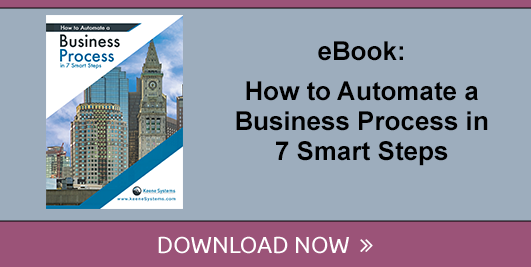Custom Software: The Benefits After an Acquisition or Merger
2 min read

One of the major challenges that comes along when any business acquires or merges with another company is, ironically, change. After all - mergers and acquisitions are designed to bring about an intense period of change by their very nature, but it is this same concept that often causes an incredible amount of stress and energy at this most fragile of times.
Merging two distinct companies means merging two distinct cultures, trying to preserve the best of each and combine them into something more powerful and focused than either one of them could be on its own. When you're dealing with the many individual personalities involved, this can often be seen as a more difficult hurdle to overcome than bringing about change to systems and procedures along the way.
While this is certainly true, the challenges of merging those systems and procedures can sometimes feel every bit as insurmountable. That difficulty is traditionally underrated, because people assume that both companies already have the technology in place to help move things along as smoothly as possible.
This is, more often than not, a myth - and a potentially devastating one, at that.
In these types of situations, off-the-shelf software is usually implemented as something of a "stop-gap" solution to the multiple, duplicate systems that are suddenly present in the immediate aftermath of a merger or acquisition.
But this is rarely the right solution for the right time.
Mergers and Acquisitions: The Problem With Off-the-Shelf Software
The issue that many companies face is that off-the-shelf software was never designed to support one company's unique processes, policies and procedures - let alone two at the exact same time. Think about all of the difficulties associated with taking something designed for a mass audience and trying to break free from the "one size fits all" box it's trying to contain you in. Now, double that and you begin to get an idea of just how ill equipped these types of solutions really are.
What companies really need is a solution that utilizes aspects of the systems and processes used by both companies that were in place prior to the M&A action, bringing them into the present in a much more organic and versatile way than ever before.
This is entirely possible, and oftentimes it's the right thing to do, but off-the-shelf software isn't going to get you there.
Only custom software is up to this particular challenge - taking the best of both sides and putting them together to create a solution that better suits the current shape of the business moving forward.
None of this is to say that custom software alone will help get this particular job done. You and your teams will need to create new requirements documentation from the ground up. Never forget that even if one company remains the dominant one post-M&A, you're still talking about a fundamentally different organization than the one you were dealing with a year ago. All of this needs to be properly accounted for.
Software planning is also an absolute necessity - you need to know what this solution is designed to do, why that is so important and how things are presumably going to change and evolve moving forward.
Building a Bridge to the Future
In the end, the key thing to remember is that your business operations today should be able to scale as your business grows tomorrow. Regardless of where you thought you were headed, everything is going to change after an acquisition or merger - as it should be. Your software at the heart of this "new" organization needs to be able to fit your business needs, rather than limiting you to a "one size fits all" box at a time when you can absolutely not afford it.
Only custom software is going to allow this to happen, which is why it should be one of your top concerns post any type of M&A action.
To learn more about the importance of eliminating human error in your operations, please download the eBook titled "How to Automate Business Process in 7 Smart Steps."


